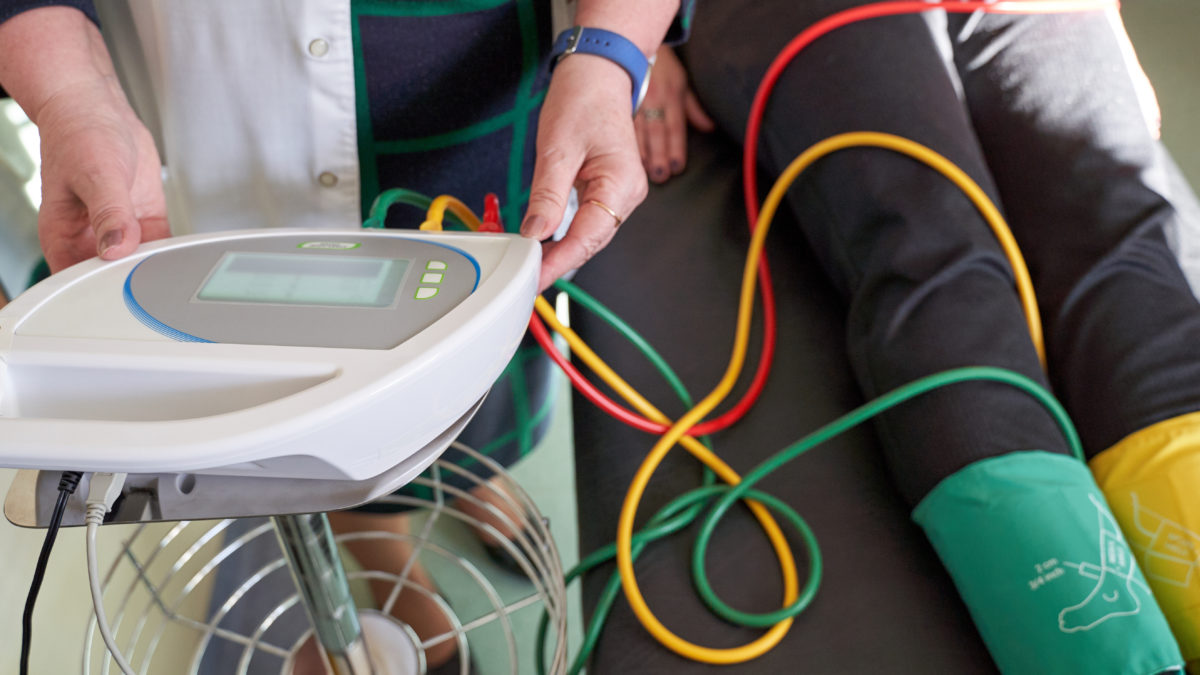Peripheral artery disease, known as PAD, can cause serious health consequences. If left untreated, it can lead to a heart attack, a stroke or even amputation.
But for some patients, it can be tough to know that they have peripheral artery disease because its symptoms often aren’t obvious. In fact, only about one-third of those who have PAD initially experienced its most obvious symptom – cramping leg pain that can occur after exercise. Non-specific symptoms can make diagnosing PAD challenging.
PAD is caused when blockages occur in the arteries, most often in the legs. Plaque buildup from the condition can negatively impact blood flow to the heart, which can lead to far-reaching health impacts.
Screening is Critical to Early Detection
With the potential seriousness of this disease, early detection is crucial, particularly for those most susceptible. Risk factors include obesity, smoking, high cholesterol and being over 50 years old. Also, Black and Hispanic patients tend to have higher rates of peripheral artery disease.
Medical professionals, advocates and the broader cardiovascular community are using PAD Awareness Month to raise awareness about the condition and improve diagnoses. They are also calling for more screenings, which can lead to early detection.
One screening, called an Ankle Brachial Index, is simple and non-invasive. It takes only a few minutes for a clinician to place a blood pressure cuff around the leg, then read the results.
Ann Roy’s PAD Experience
When Ann Roy went to her primary care doctor about pain in her legs, she was told she had arthritis. When the pain continued, she had a hip replacement. But even after the operation and recovery, the pain persisted.
As it turns out, Roy had PAD. And by the time she was able to address it, she had lost the ability to work. This forced her to move from her home in St. Louis to be closer to family, so they could help her.
Roy’s story shows the need to raise awareness about the condition across communities. As she notes, senior centers, churches, schools, primary care physicians and other specialists all have a role to play.
Patients, especially those at high-risk, shouldn’t let the observance month, September, pass by without talking to a doctor or other trusted health care provider about PAD.
